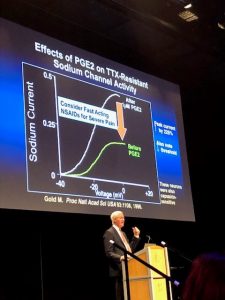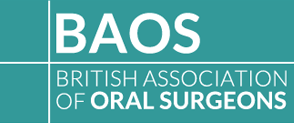
Rachel Evans
 We all sufferer failure occasionally with our local anaesthetic, especially with the so called “hot pulp” but do you know why and the how to overcome this? At the BAOS annual conference we had an excellent lecture from Professor Ken Hargreaves, Professor and Chair of the Department of Endodontics at the University of Texas in San Antonio. He provided the scientific explanation as to why this occurs and the solution.
We all sufferer failure occasionally with our local anaesthetic, especially with the so called “hot pulp” but do you know why and the how to overcome this? At the BAOS annual conference we had an excellent lecture from Professor Ken Hargreaves, Professor and Chair of the Department of Endodontics at the University of Texas in San Antonio. He provided the scientific explanation as to why this occurs and the solution.
Only 20-70% of IDB procedures are successful when treating inflamed mandibular molar pulps. The inflamed tissues within the pulp release prostaglandins that lead to hyperalgesia. The prescription of NSAID’S prior to undertaking potentially painful procedures will help by reducing the effects of the inflammatory markers, reducing patient pain and improving the effectiveness of local anaesthetic.
By supplementing a lignocaine IDB with an articaine buccal infiltration, you will achieve effective anaesthesia 3.6 times better than in combination with a lignocaine infiltration. When treating symptomatic irreversible pulpitis, articaine IDB provided no additional benefit to lignocaine IDB, so there is no advantage in utilising articaine as an IDN block, but there is a significant advantage to using it as a localised buccal infiltrate in order to achieve more predictable effective local anaesthesia.

